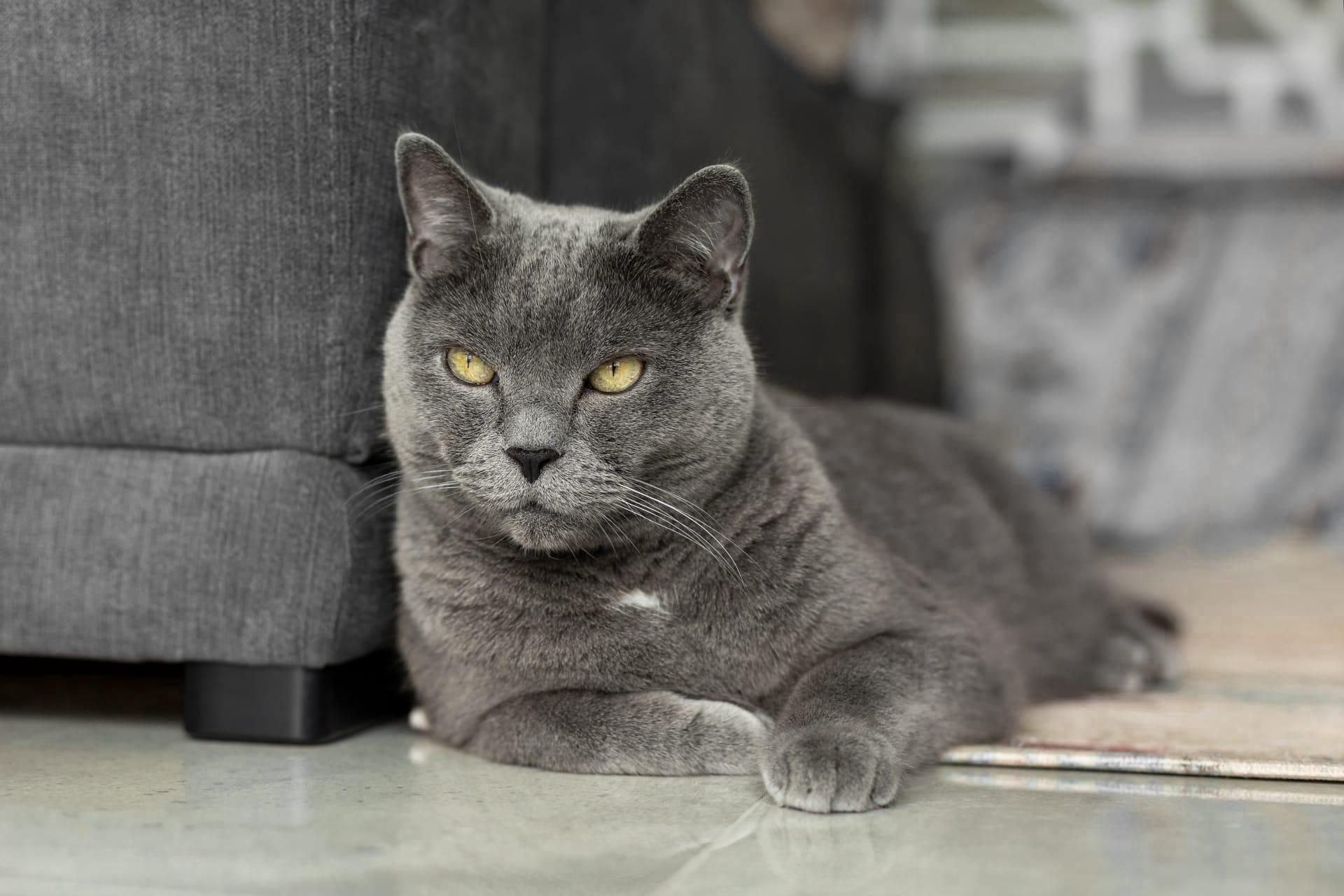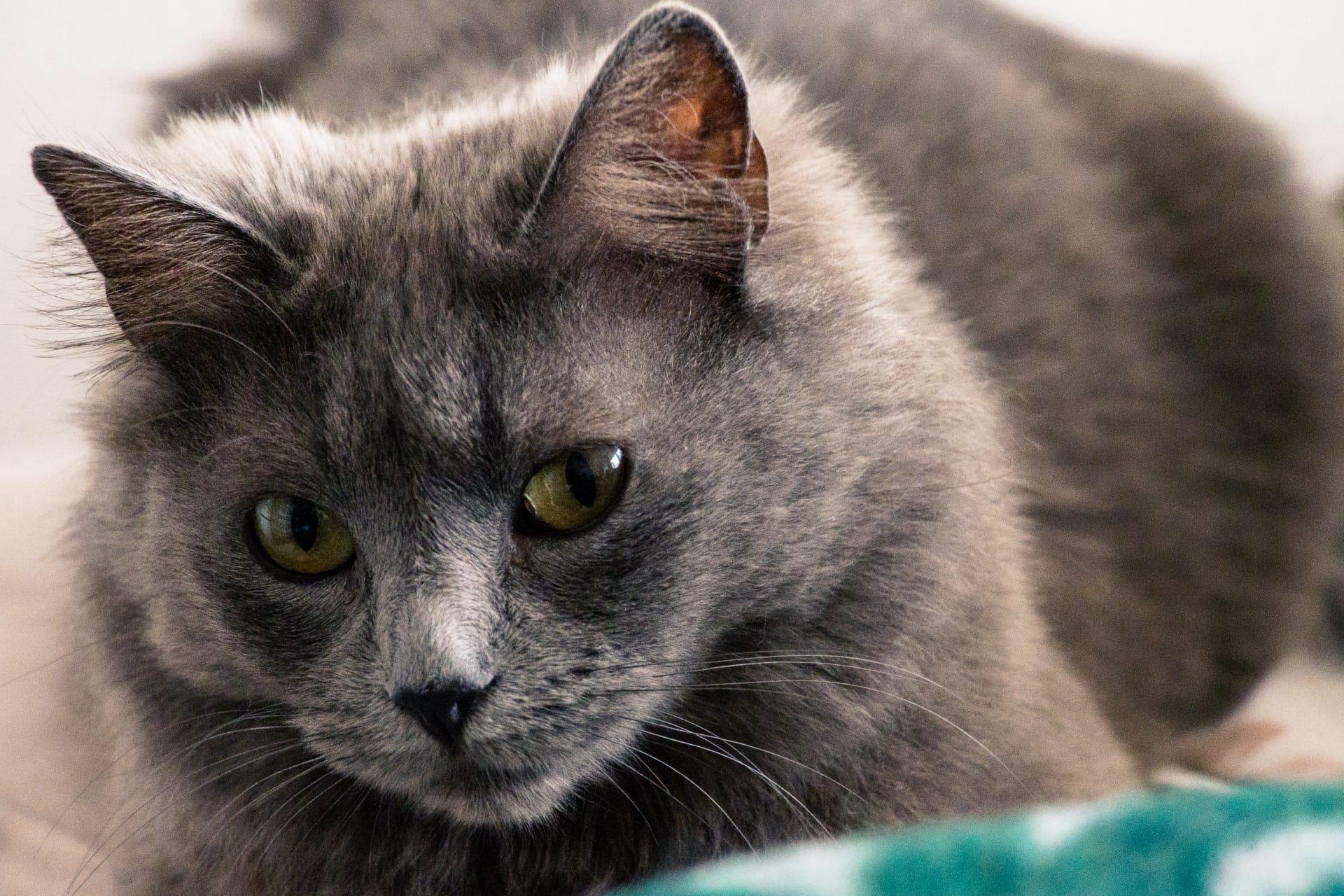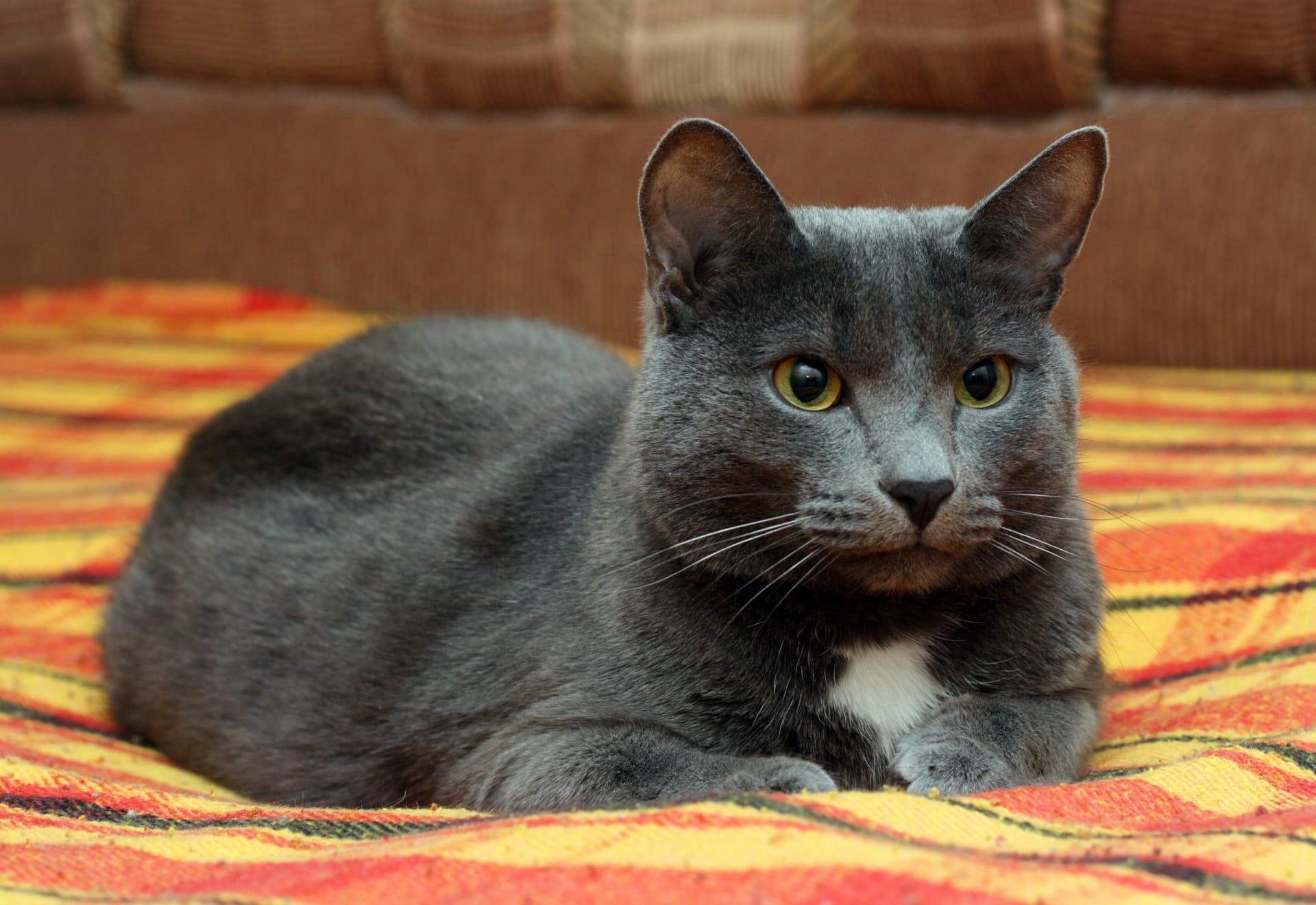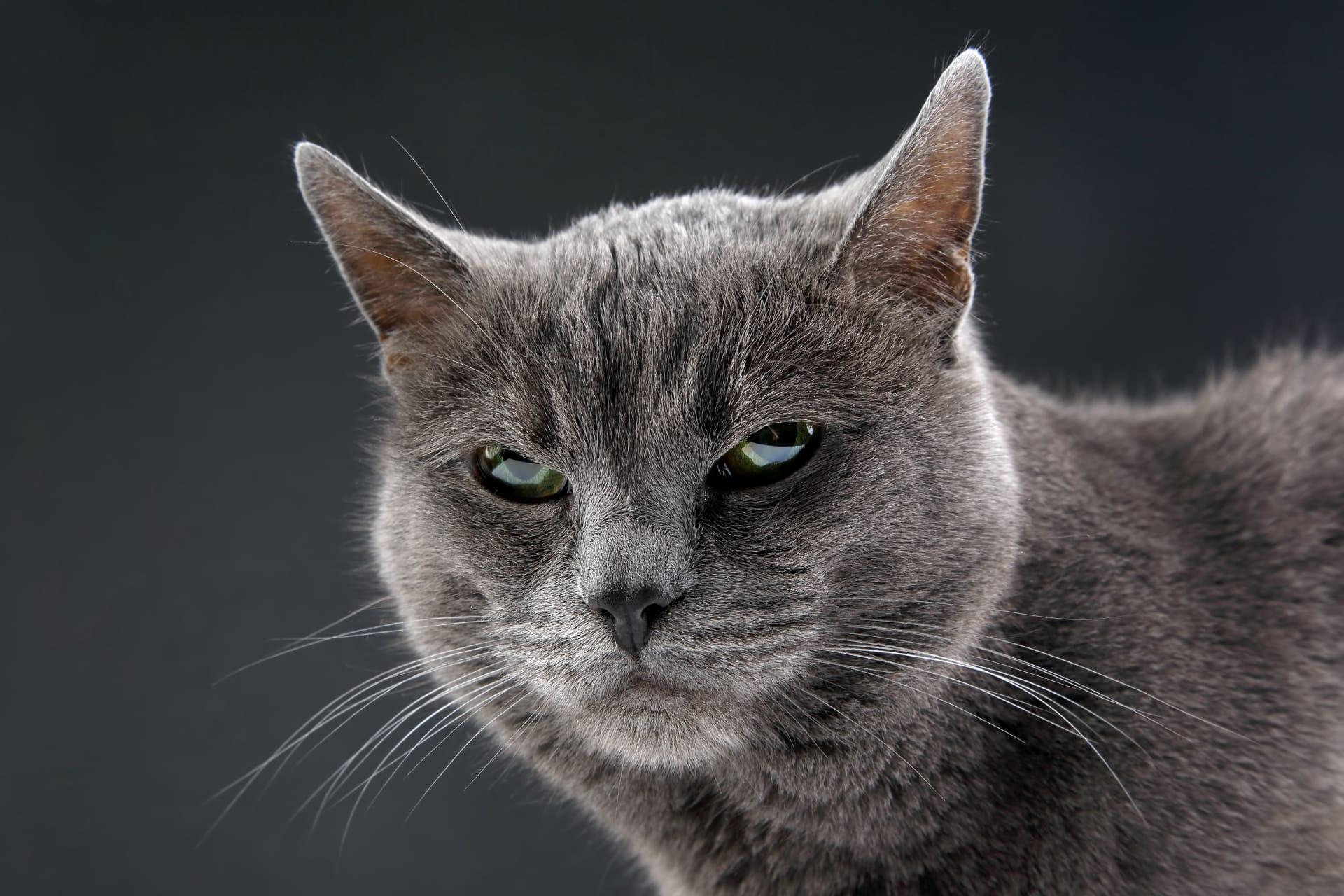Chartreux Cat Characteristics
- Home /
- Mini Encyclopedia /
- Animal /
- Chartreux Cat Characteristics
1
The Chartreux Cat, known for its robust and muscular physique, is a breed that stands out due to its dense, water-repellent blue-grey coat and striking orange or copper-colored eyes. Adult Chartreux can vary significantly in size, with males typically weighing between 10 to 16 pounds (4.5 to 7.2 kilograms) and females slightly smaller, usually in the range of 6 to 11 pounds (2.7 to 5 kilograms). Their lifespan is notably long for felines, with many Chartreux living well into their late teens, with a range typically between 12 to 15 years, although some can live even longer with proper care and a healthy lifestyle.
The Chartreux Cat's most distinctive organ is its remarkably robust and powerful jaw. This feature is not just for show; it has a very practical purpose. The strong jaw and teeth of the Chartreux were historically beneficial for their role as mousers, allowing them to efficiently catch and hold onto their prey. This capability is a testament to their hunting prowess and is one of the physical traits that has been preserved through selective breeding over the centuries. The strength of their bite, coupled with their silent and stealthy approach, made them invaluable in settings like monasteries and farms, where controlling rodent populations was essential.

2
Question: Why do Chartreux Cats seem to "smile"?
Answer: The Chartreux Cat's "smile" is a unique characteristic attributed to the structure of its head and its tapered muzzle. This breed has a round, broad head with full cheeks and a slightly downturned mouth, which gives the appearance of a smile. This charming feature, combined with their calm and serene disposition, makes them particularly endearing to cat lovers. The "smile" is purely a result of their facial conformation and does not necessarily reflect their mood, although Chartreux are known for their gentle and content temperament.

3
Chartreux Cats exhibit moderate levels of activity. They enjoy playful interactions and require moderate exercise to maintain their health and muscle tone. Despite their sturdy build, they are quite agile and enjoy climbing and jumping, often surprising their owners with their athleticism. Interactive toys and puzzles are excellent for keeping them engaged and physically active. Their movement is characterized by grace and efficiency, often described as stealthy, which harks back to their historical role as skilled hunters.
In terms of feeding, Chartreux Cats do well on a balanced diet that supports their muscular build and energy levels. High-quality cat food that is rich in protein is ideal, reflecting their carnivorous nature. It's important to monitor their food intake to prevent obesity, especially since they can be less active as they age. Chartreux have a tendency to enjoy their meals thoroughly, and while they are not typically fussy eaters, providing a diet that includes wet food can help ensure adequate hydration, as cats are not instinctive water drinkers.

4
The Chartreux Cat thrives in a variety of environments, but they particularly enjoy peaceful and stable surroundings. They adapt well to indoor living, making them excellent companions for apartment dwellers. However, they also appreciate access to safe outdoor spaces where they can indulge in their natural behaviors like climbing, exploring, and watching the world from a high vantage point. Their adaptable nature means they can live happily in both rural and urban settings, as long as they have a loving family and a comfortable place to call home.
Regarding reproduction, Chartreux Cats tend to have small to medium-sized litters, usually birthing 2 to 4 kittens. Their maternal instincts are strong, with mothers displaying protective and nurturing behaviors towards their offspring. Chartreux kittens develop slowly, reaching full physical maturity around 2 to 3 years of age. This breed's genetic robustness and careful breeding practices have ensured the preservation of its distinct characteristics through generations, with particular attention to health, temperament, and the breed's unique physical traits.

5
Book: "The Elegance of the Chartreux" is an insightful exploration into the history and characteristics of the Chartreux Cat. Authored by Jean Simonnet in France during the late 1980s, this book delves into the breed's origins, its journey from a French monastery to international recognition, and its status as a beloved pet and show cat. Simonnet's work is considered foundational, offering readers a comprehensive look at the breed's development, care requirements, and unique personality traits.
Book: "Chartreux Cats: A Complete Pet Owner's Guide" by Elliott Lang, published in the early 2000s, offers a practical and accessible guide for prospective and current Chartreux owners. Focusing on the United Kingdom and the United States, Lang provides detailed advice on health care, nutrition, grooming, and training for Chartreux Cats. This book stands out for its emphasis on understanding the breed's behavior and creating a nurturing environment for these quiet, affectionate, and loyal companions.